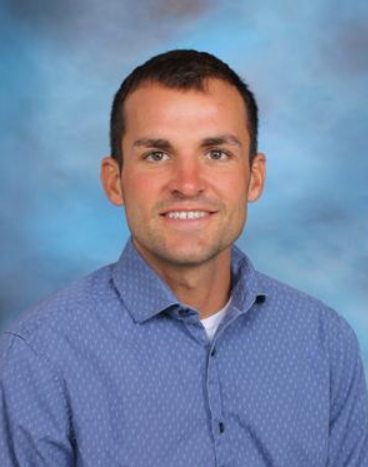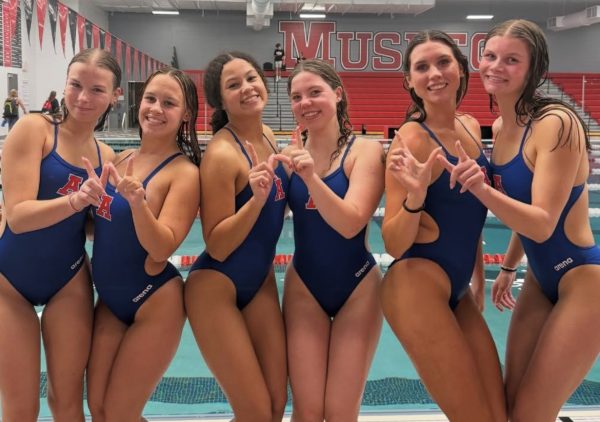Arrowhead Teachers’ Thoughts on Virtual vs. In-Person Learning
An increase in the spread of the Omicron variant of Covid has caused some schools to temporarily revert to virtual learning. An increase in spread means more teachers and students will be testing positive, therefore unable to come in. Many Wisconsin schools have been following this two-week virtual procedure.
Milwaukee Public Schools (MPS), the largest school district in Wisconsin (containing over 75,000 students), has been virtual from January 3 and intends to resume in-person learning on Tuesday, January 18. A virtual school board meeting that took place on Thursday, January 6 postponed the return to in-person learning from its originally planned date of Monday, January 10.
Arrowhead High School, along with the rest of the nation, was strictly virtual from the middle of March 2020 through the end of the 2019-2020 school year.
Jennifer Charles teaches an advanced Spanish course (Spanish 4), so she says most of her students tend to be focused on schoolwork and have good study habits. While teaching virtually for on school year, and having a virtual option for the next, tests were made open-note because the use of notes could not be monitored for virtual students. However, she, in turn, made the tests more difficult so that the rigor of the course remained the same. This year, all students are in-person. Students have the slightly easier version of tests and quizzes, but are not allowed to use notes. Charles noticed that it is difficult for last year’s virtual students to get used to not using notes, but grades are pretty stagnant because the material is easier.
Dale Destache, a geometry and advanced algebra teacher, describes the negative effects he saw during this time: “Grades were lower for the bottom 80% and more importantly the ability for students to learn in a course that greatly builds off material learned in previous courses was GREATLY reduced. Furthermore, many students lost the desire to commit to learning which requires consistent time committed to learning strategies.”
However, Destache also agrees that teachers’ opinions should not determine whether or not Arrowhead goes virtual; rather, he says, this should be determined by the integrity of the health of the area.
Katie Hermann, a language arts teacher, also said that virtual learning resulted in a decrease in academic performance, but she would not want that to get in the way of keeping the community safe.
Terri Carnell, a language arts teacher, brought up a different point, saying, “if we have significant absences (both teacher and student), it would make sense.”
All three teachers (Destache, Hermann, Carnell) noticed more students are missing school and/or those who are out sick from school are absent for a longer period of time than in the past (pre-Covid).
All three teachers agree virtual instruction was more difficult than in-person instruction. As of right now, no plans as to whether or not Arrowhead will temporarily go virtual or not have been disclosed.








